Types and rules for pruning barberry

Some amateur gardeners create fences on their backyards from green spaces. It is very beautiful and dignified. However, this hobby takes a lot of time. A beautiful hedge can be produced if it is regularly and carefully pruned. Take, for example, a beautiful plant like the barberry. The bushy protector of the territory will serve you for a long time and delight not only you, but also people passing by. Consider how to properly prune barberry.
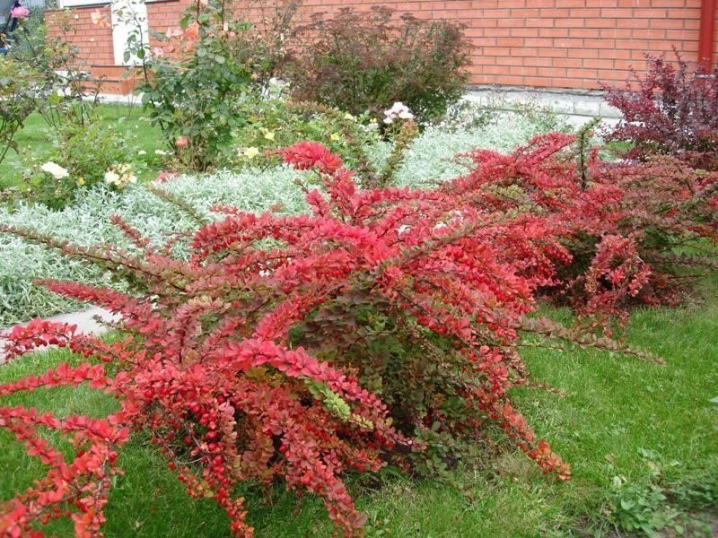
Timing
Barberry retains its decorative properties throughout the season. It is especially beautiful in August. Its striking appearance gives the entire site in which it lives, a special look. That is why it is used as a fence. This plant has many benefits:
- barberry is a shrub that can grow rapidly;
- this natural specimen became famous for its very tasty and healthy fruits.
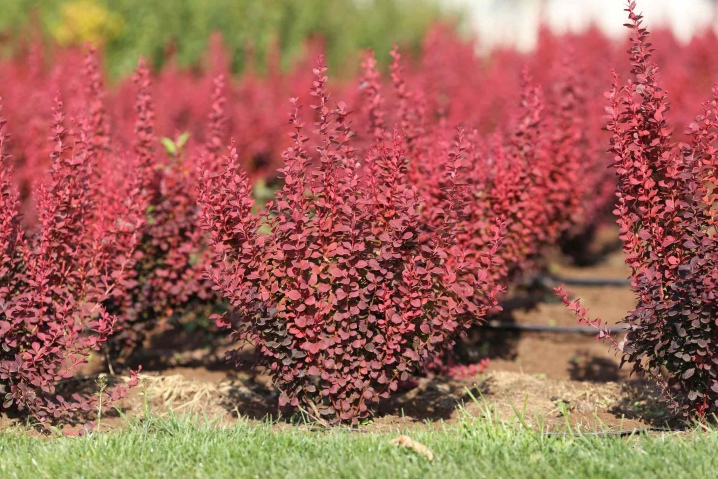
Like all plantings of such a plan, barberry requires care, which includes mandatory pruning... Without it, you will not be able to form a plant aesthetically, since it has very spreading branches. Without pruning, barberry can make your site impassable due to the fact that its "lightning-fast" growing roots and thorny shoots are able to capture large areas. That is why barberry requires careful pruning. If done regularly and correctly, you will get what you expect from this plant.
The procedure can be performed both in winter and in autumn. But the spring period is best suited for such manipulations.
However, there are caveats here as well. Pruning must be completed before the sap flow begins, which begins in mid-March and continues in April.
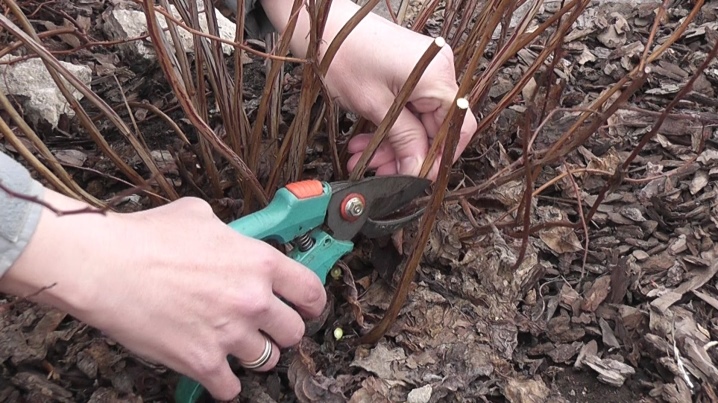
All gardeners have different goals. That's why if you do not want to form a bush in a certain direction, then just remove unnecessary branches in time... This process will help avoid thickening and significantly rejuvenate the plant itself. In addition, barberry is able to form a crown on its own, since its branches grow in a vertical manner. Then, after some time, you will only have to remove the extra trunks, and your planting will always remain in great shape.
It should be taken into account that deciduous units are tried to be cut in the spring, when they have not yet released their buds.
The same cannot be said about evergreen varieties. It is advisable to cut them off immediately after flowering.
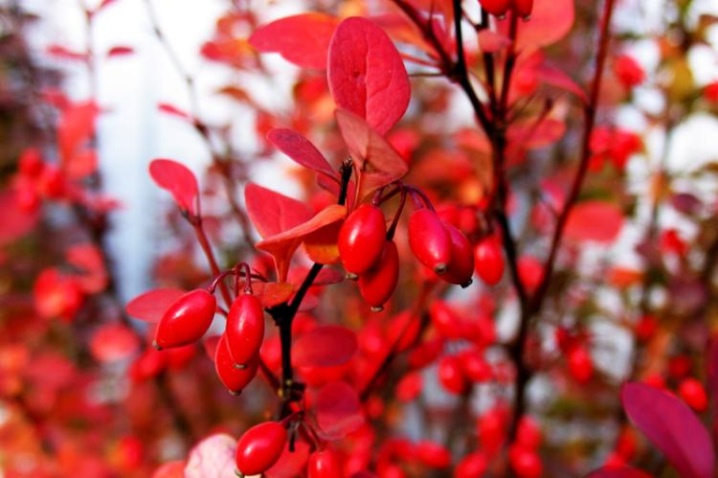
Try to do the autumn pruning before the onset of frost. At the same time, it cannot be carried out if the plant is still in the fruiting process. Usually such procedures are carried out either in September or early October. In addition, the fall period is great for both plant rejuvenation and sanitary pruning. If the bush is already more than 10 years old, then this procedure is simply necessary for him. In strongly thickened specimens, excess growths in the root system are cut off.
It should be noted that the manipulations associated with pruning a young plantation are quite simple to carry out. Even the most inexperienced person can handle such actions.
If you are not going to give the bush its original shape, then after planting, remove the non-viable shoots, and slightly shorten the strong ones.

Summer planting is good because during the warm period, the young plantation begins to branch well and form roots. All you have to do is trim in 3 steps. And this method is considered the simplest. As a result, you will get a sprawling bush.
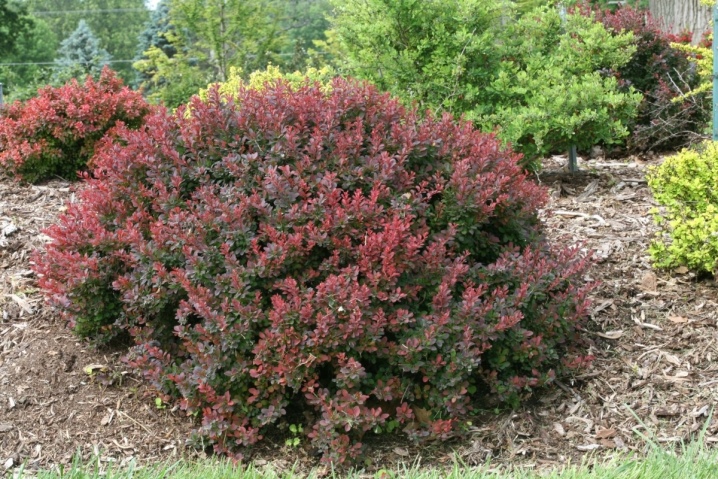
A few more recommendations from experts.
- Before starting the pruning procedure, you should carefully examine the bush and select the appropriate branches.
- Shorten shoots only to a developed bud.
- Slices should be performed at an inclination of 50-60 degrees.
- The cut must be perfectly straight. Try not to allow burrs (if the cuts are of poor quality, then sharpen your tool).
- Remove lateral shoots at the very base. If you leave a small growth, then pathogenic microbes or pests can get into it, which will eventually destroy the entire plant.
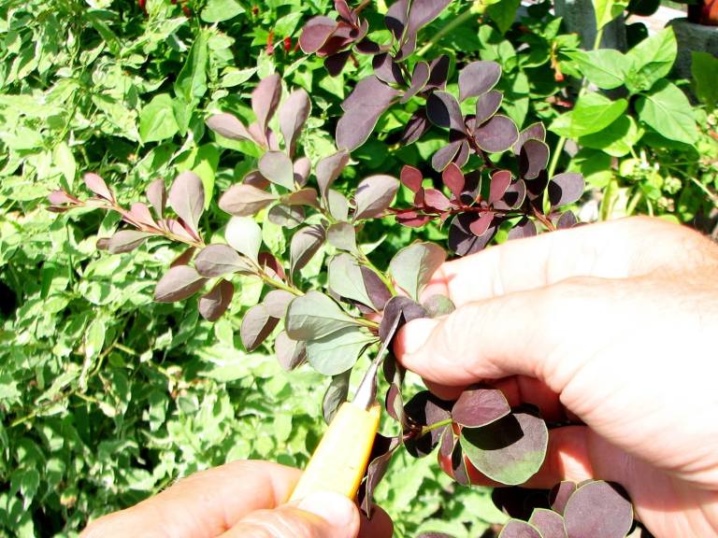
What tools are needed?
All plants have the ability to grow. Without careful pruning, your site will turn into a solid impenetrable forest. Moreover, if barberry bushes grow on it. To tackle the task of pruning with ease, you need to have the right tools on hand. To fully care for the garden, a responsible gardener needs a number of tools:
- lopper;
- brush cutter;
- hacksaw;
- secateurs;
- scissors.
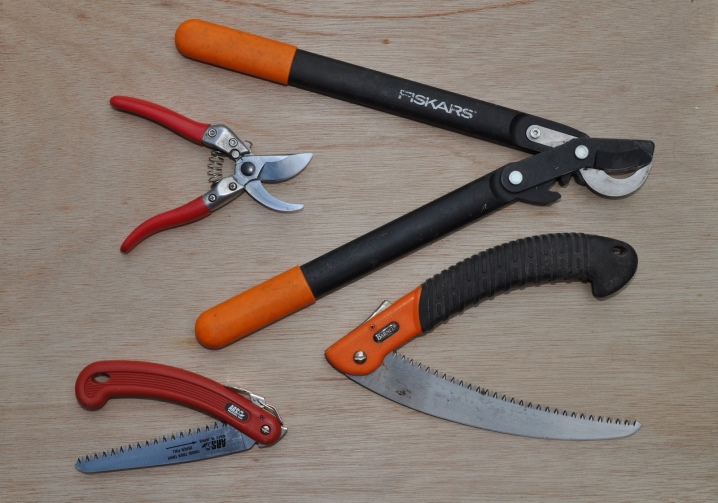
Of course, all instruments must be in perfect condition. Here you should rely on certain requirements.
- The tool must be of high quality and withstand the load.
- All units should not be too heavy, and they should also have a bright appearance (provided by the color scheme).
- Cutting objects should have narrow ends. Then you can get to the very base of the plant.
And one more thing: it is important that all objects are well sharpened. And before you start pruning, they must also be disinfected.
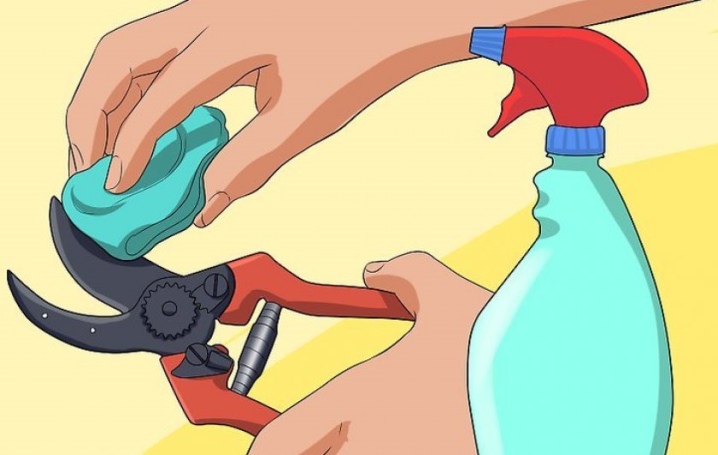
Now let's move on to looking at each garden item and its purpose.
- The tool used to remove branches about 30 mm thick is called a pruner. These products are available with double-sided and single-sided sharpening.
- The brush cutter is used for pruning young plantings. With the help of this device, hedges are formed. Brush cutters are: electric, mechanical, gasoline and battery powered.
- The lopper is considered a reinforced version of the pruner. Its difference is the long handles that allow you to reach the most distant branches.
- Hacksaws and saws are used for trimming.
- It is very convenient to use garden shears with a long blade for pruning. Scissors for metal are a good alternative to them. It is they who will fit for curly hairstyle of plantings and the formation of a hedge from them.
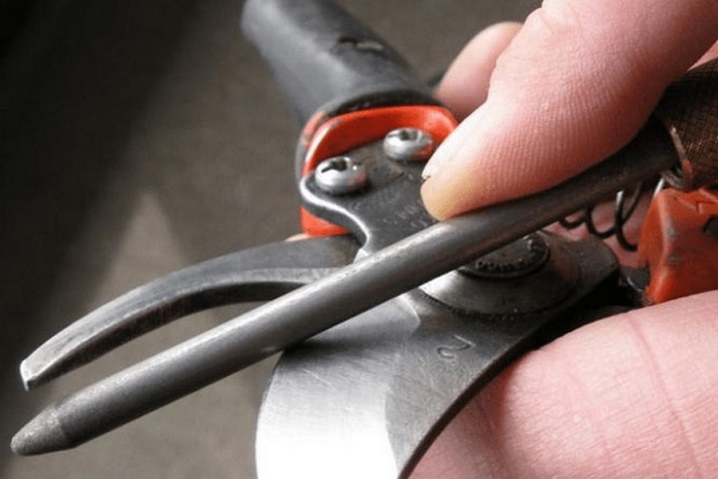
Types and techniques of pruning
There are several types and techniques for pruning any garden plant. Before starting a haircut, you need to decide on the shape of the bush and the type of pruning.
Cutting a young bush
It is enough to leave a small number of large shoots here. If you are going to form a hedge from a number of plantings, then the number of shoots should correspond to both the length and its width. When your goal is to give the bush a more branched and rounded appearance, then in the spring, when the plant is already one year old, it is cut almost to the very root. As a result, shoots with a length of about 11 cm should remain on the surface.
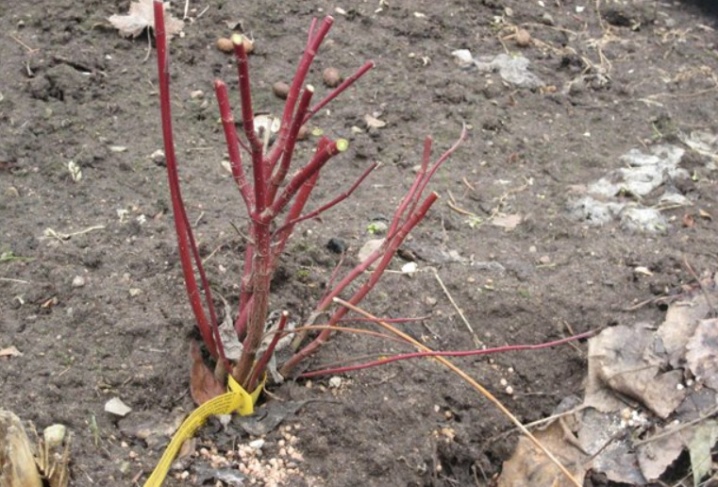
In summer, the bush will develop well, and in August you will get a dense crown. In the third year, these manipulations are repeated. Only when re-pruning is it necessary to leave shoots that will be slightly higher than last year's. However, if you are not striving for perfection, then you can limit yourself to only sanitary pruning.
Do not worry that something might not work out for you. Barberry tolerates pruning well. However, if you shorten the shoots too much, you will not get the proper harvest.
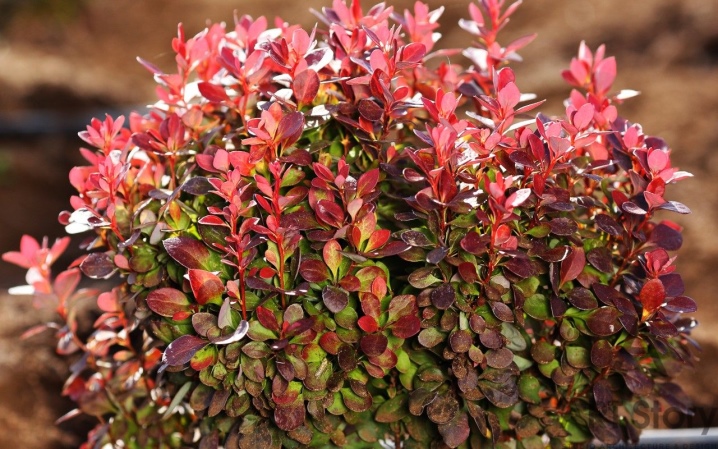
Rejuvenating
The old bush must be pruned, which is called rejuvenating. Besides this manipulation raises the yield well and gives the plant a certain respectable shape... This happens because when pruning, obsolete branches are removed, which pull nutrients onto themselves.
The only condition is that anti-aging pruning should not be carried out if the barberry is not yet 10 years old.
And one more nuance: from a plant that has not yet released buds, you should not remove dry branches. Therefore, it is best to carry out anti-aging manipulation in the autumn period before the onset of frost. For this, weak shoots must be removed right next to the root. If too many young branches have grown, then they should be thinned out. The increments must be of sufficient length. The future high-quality fruiting depends on this factor.
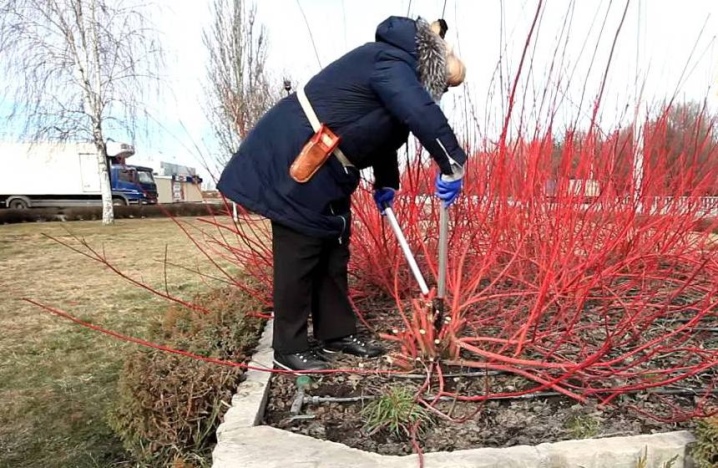
Wellness
Such pruning is considered the most significant, as it can protect your planting from disease and even death. Old branches are most susceptible to various diseases, and it is in them that pests often start. Outdated branches take a significant part of the food on themselves, moreover, they are able to transfer diseases to other parts of the barberry.
Sanitize frequently. It should include procedures for removing diseased branches and thinning the crown.
Excess shoots interfere with the development of the entire plant due to the fact that they block the inside of the barberry from the sun. Therefore, some branches of the bush may weaken and dry. And here it should be noted that it is on young branches that fruits subsequently appear. And their quality and quantity depends on the above factors.
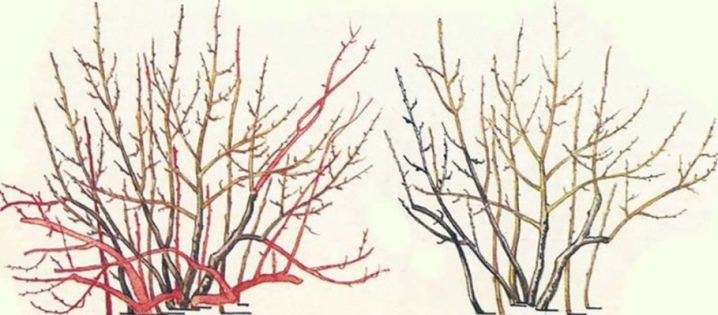
Formative
Modern gardeners are trying to give the barberry bushes the most beautiful and original look and trim them in time. To "build" a specific shape of the bush, it is necessary to cut off annual growths, leaving about 6 cm at their base. In this case, you need to make an effort and try to give the original form to the plantation, exactly what you intended. Next, let your pet develop freely and release new shoots. Thus, its gradual formation will take place. Then, for 4 years, they try to cut the barberry 2 times a year (in spring and autumn). This is how young shoots should be pruned when they grow taller than 10 cm.
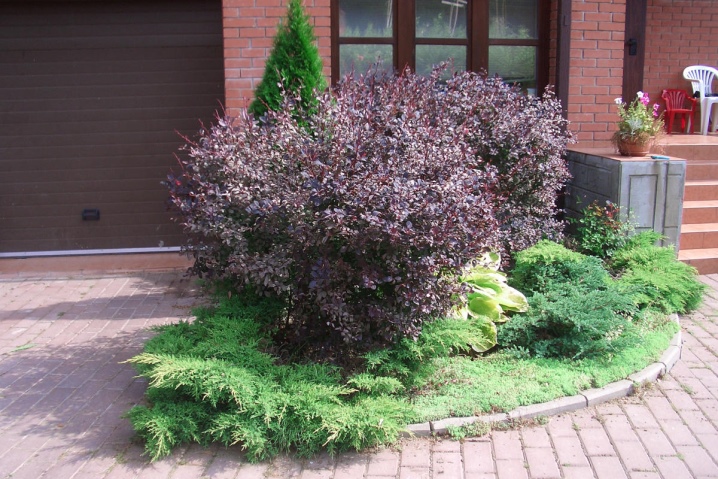
Please note: any bush initially has its own specific shape. Therefore, you should notice it in time and adhere to this direction. Please note that even without specialized care, the barberry grows and takes the form of a spreading ball. In order to cut the planting in the shape of a ball, you need to make some effort, since this particular figure is considered difficult to form. To achieve the goal, build a frame of slats in the form of a circle over the plant. This will limit the size of the bush, and it will be easy for you to create a certain direction.

The topiary form looks fashionable and original. In order to do it, initially direct the plant “in the right direction”. As soon as the planting begins to release shoots, leave the main trunk in the very middle of the bush, and remove the rest at the very root. Next, you should wait for the left branch to get stronger, develop and fluff. Cut new branches in the form of a ball.
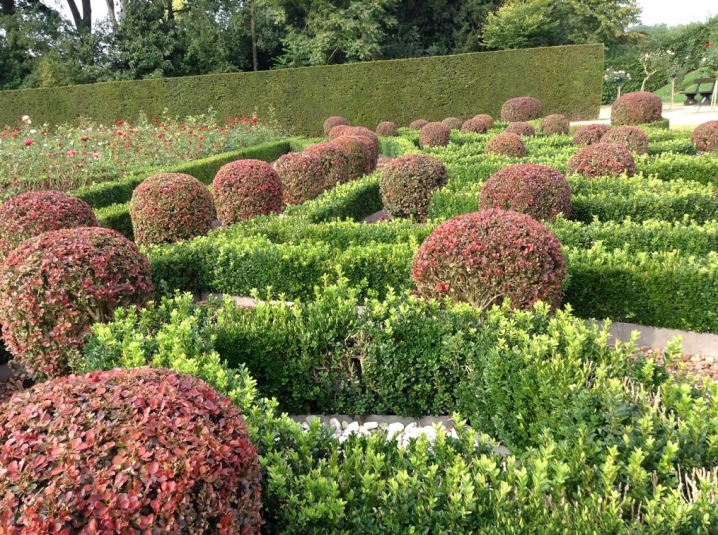
How to prune different types of barberry?
Barberry is a plant that is distinguished by a variety of forms and types. There are decorative specimens. The most original in appearance is the red-leaved barberry. The formation of bushes involves pruning them. Least of all, such manipulations are required by dwarf slow-growing species. For example, the Thunberg barberry grows only 3-5 cm per year. To achieve its density, you just need to shorten the shoots.
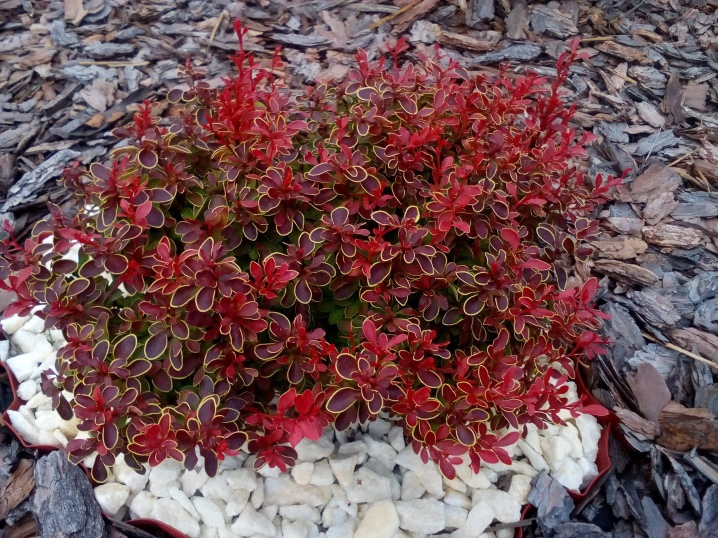
The common barberry has various foliage colors and can grow up to 3 meters in length.
Such specimens are used as a hedge, and it turns out badly to form figures from them. The Amur species is more than 3 meters high. If you carry out formative pruning, then you can get a bush out of it.Ottawa barberry practically does not require pruning. Its branches grow upward. For a beautiful look, you only need to leave a few trunks.
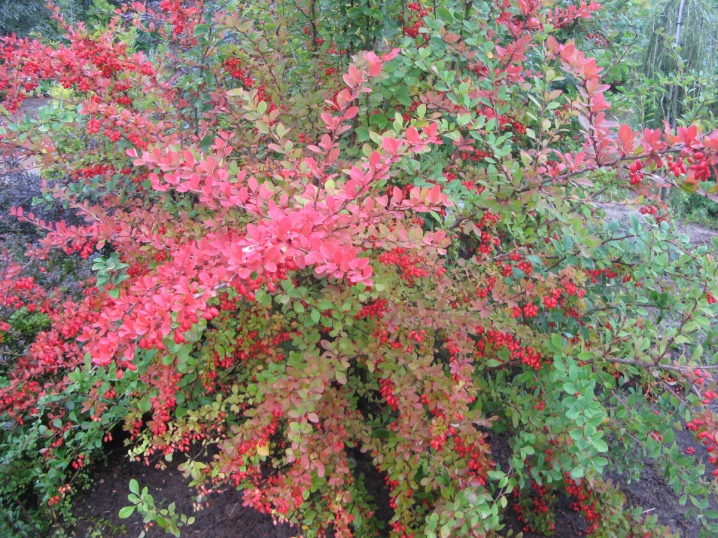
Follow-up care
If the plants are improperly taken care of in the garden, they can die. Barberry is no exception. To avoid trouble, it is necessary to monitor the moisture content of the soil when growing this plant. Otherwise, it can get sick.
Too good insulation of a young bush without ventilation will lead to its death.
It is imperative to carry out pest control. The most effective way is to treat branches and leaves with soap and water. Colloidal sulfur and Bordeaux mixture can prevent barberry diseases. If you notice mottling on the leaves, then treat the bush with copper-containing preparations.


In the next video, you can watch the process of pruning barberry.
































































The comment was sent successfully.